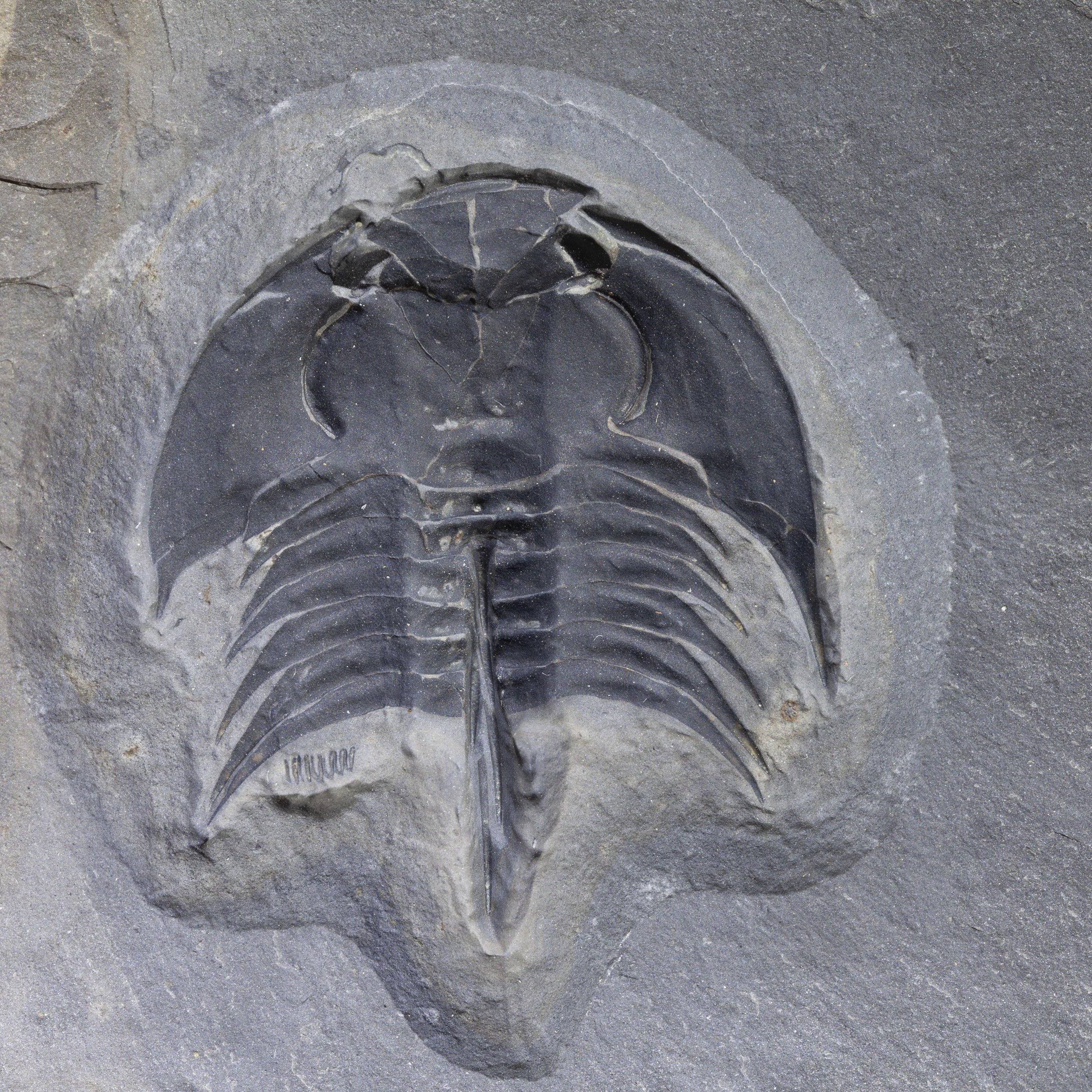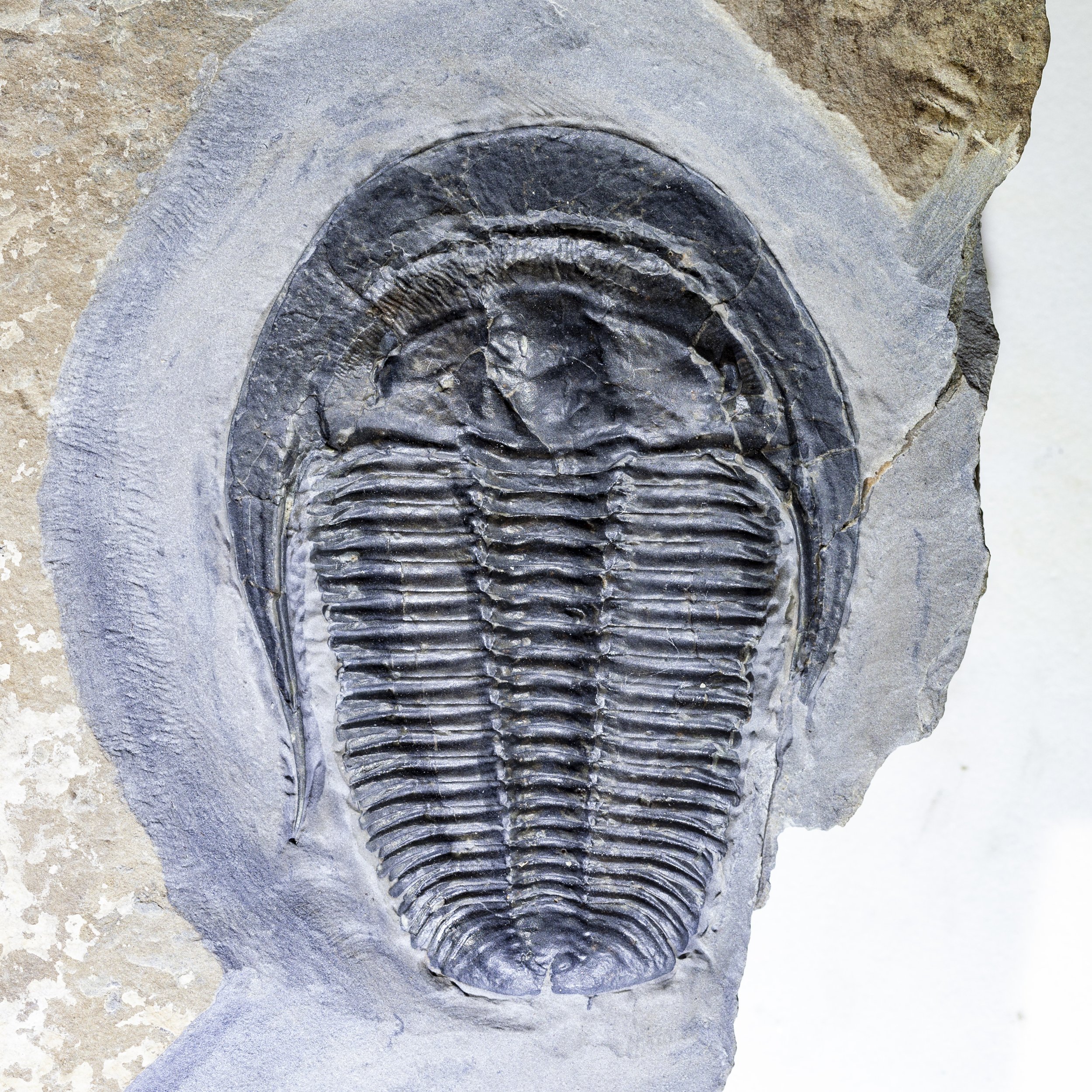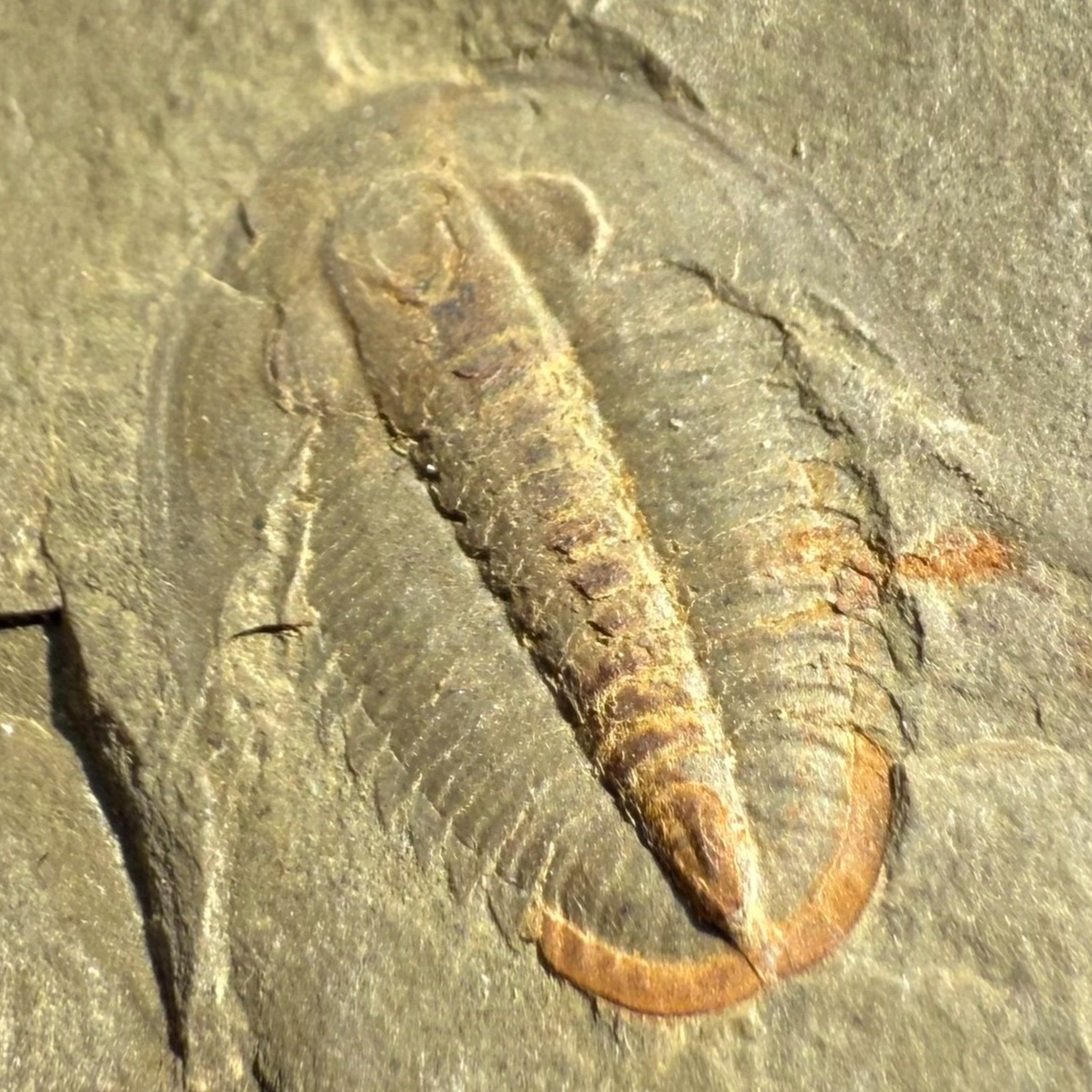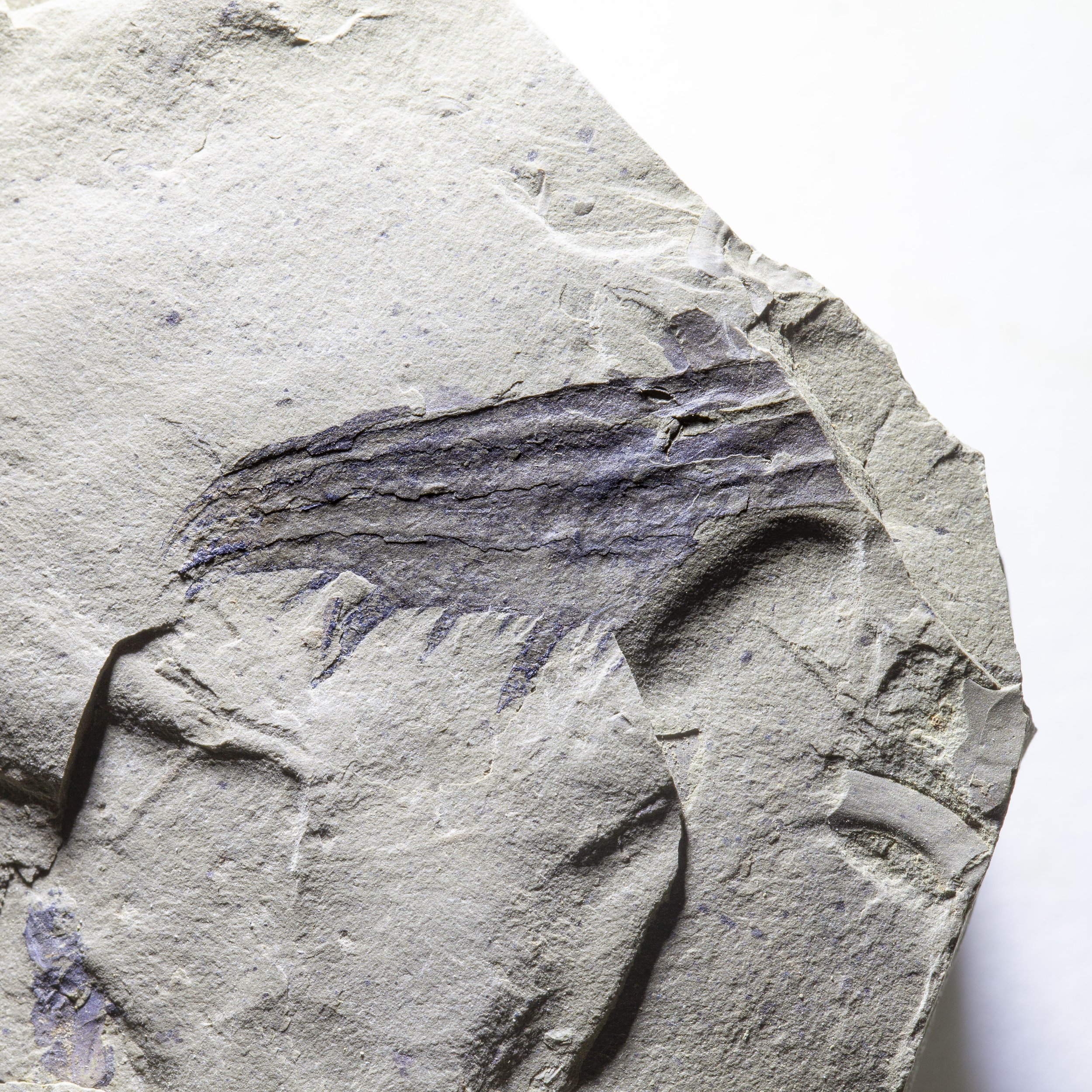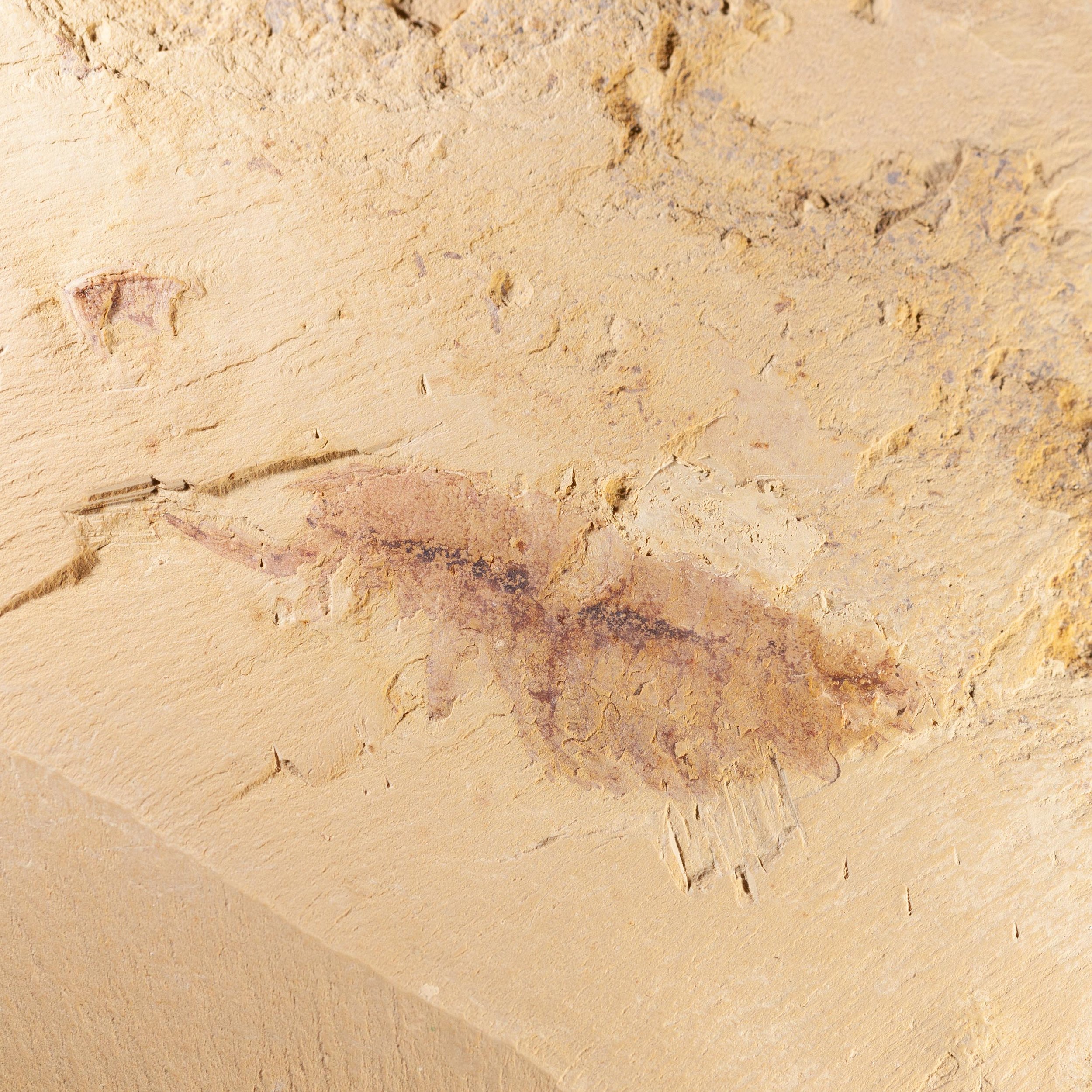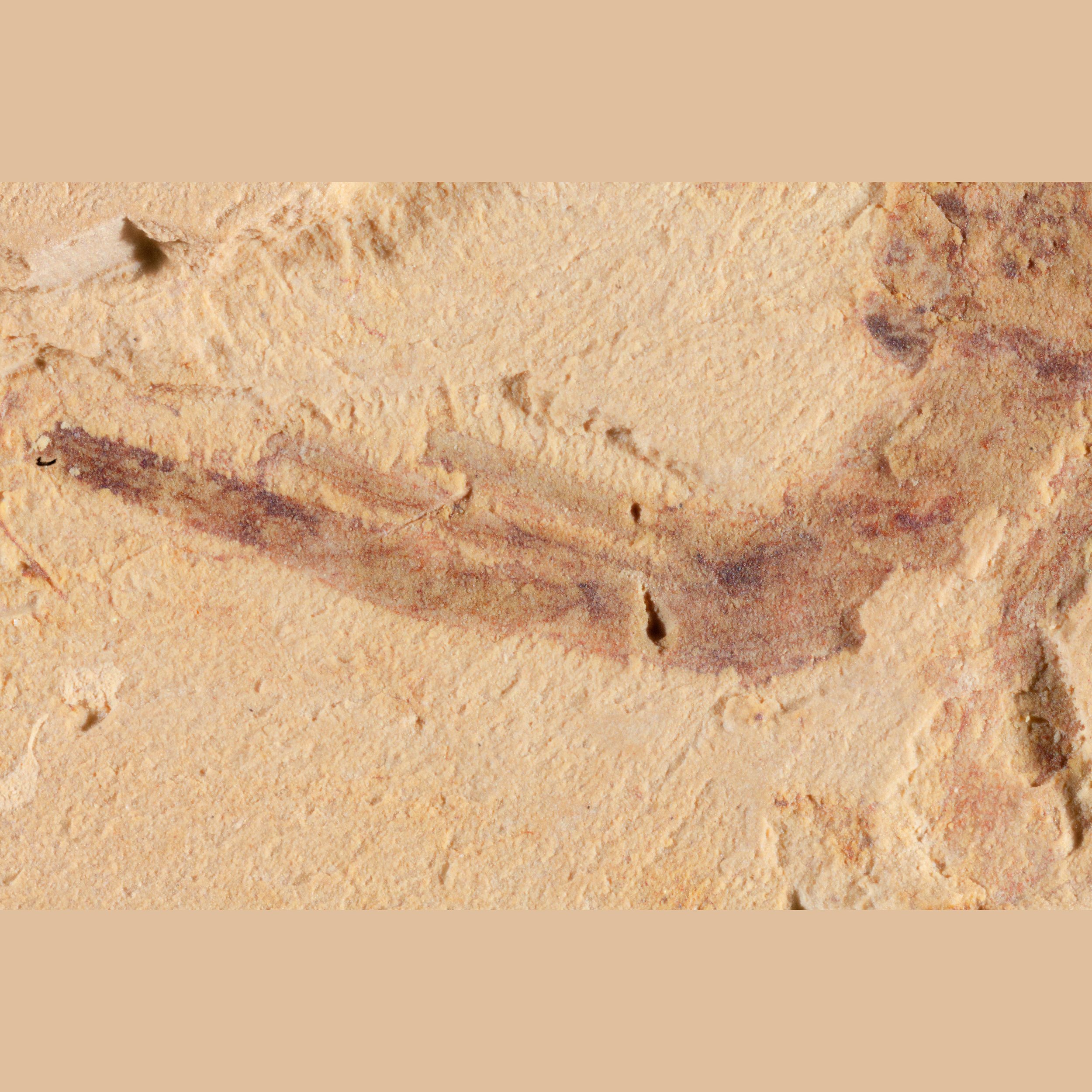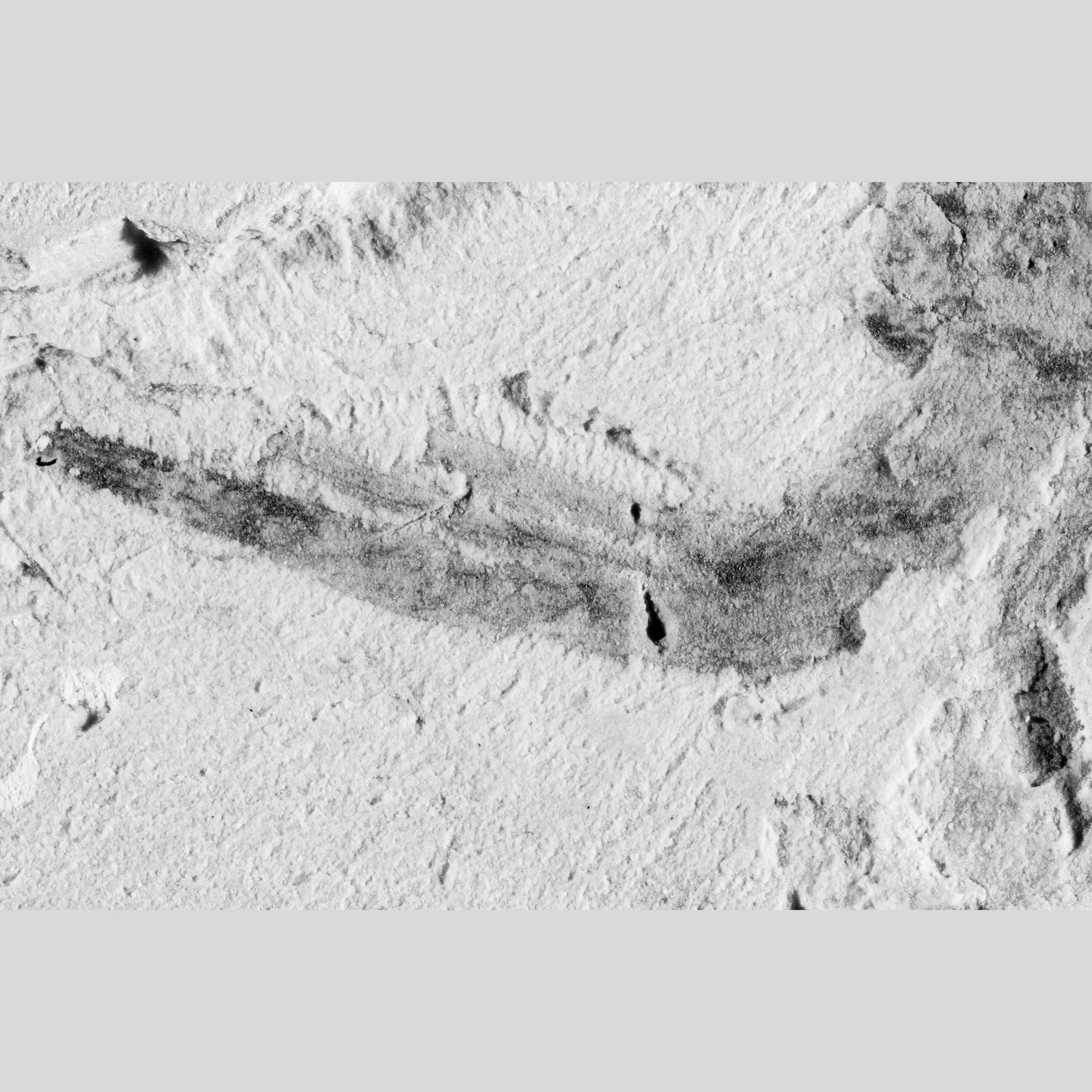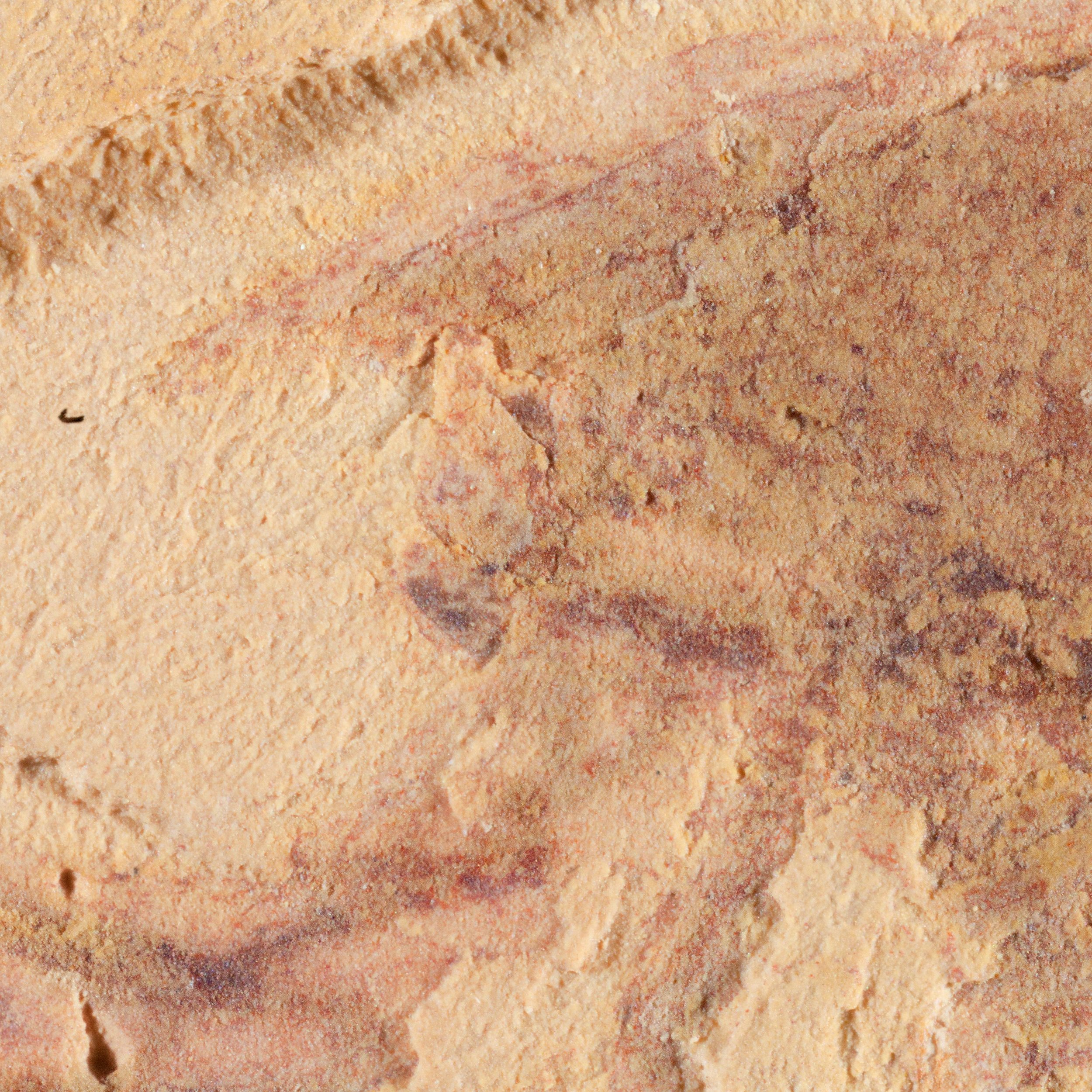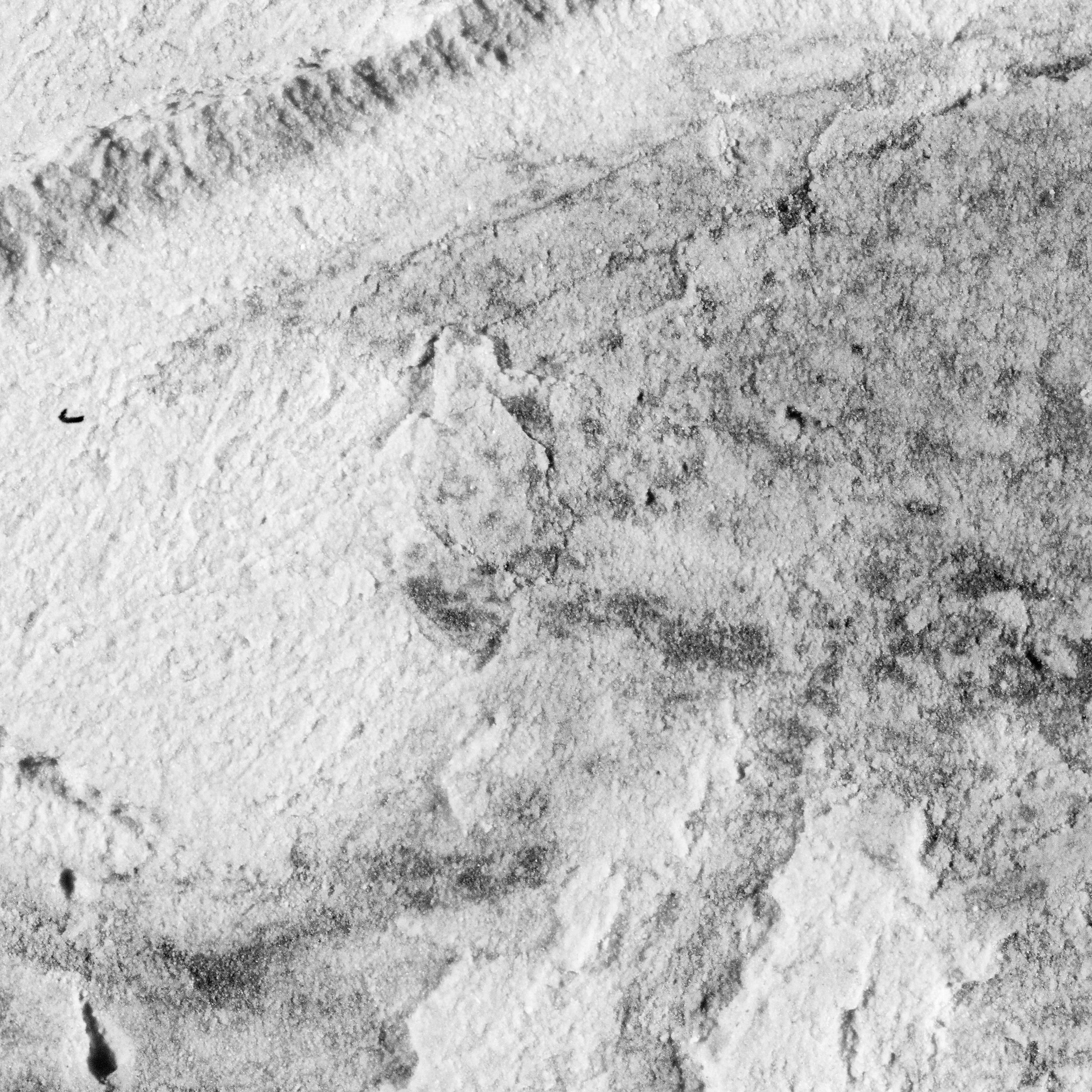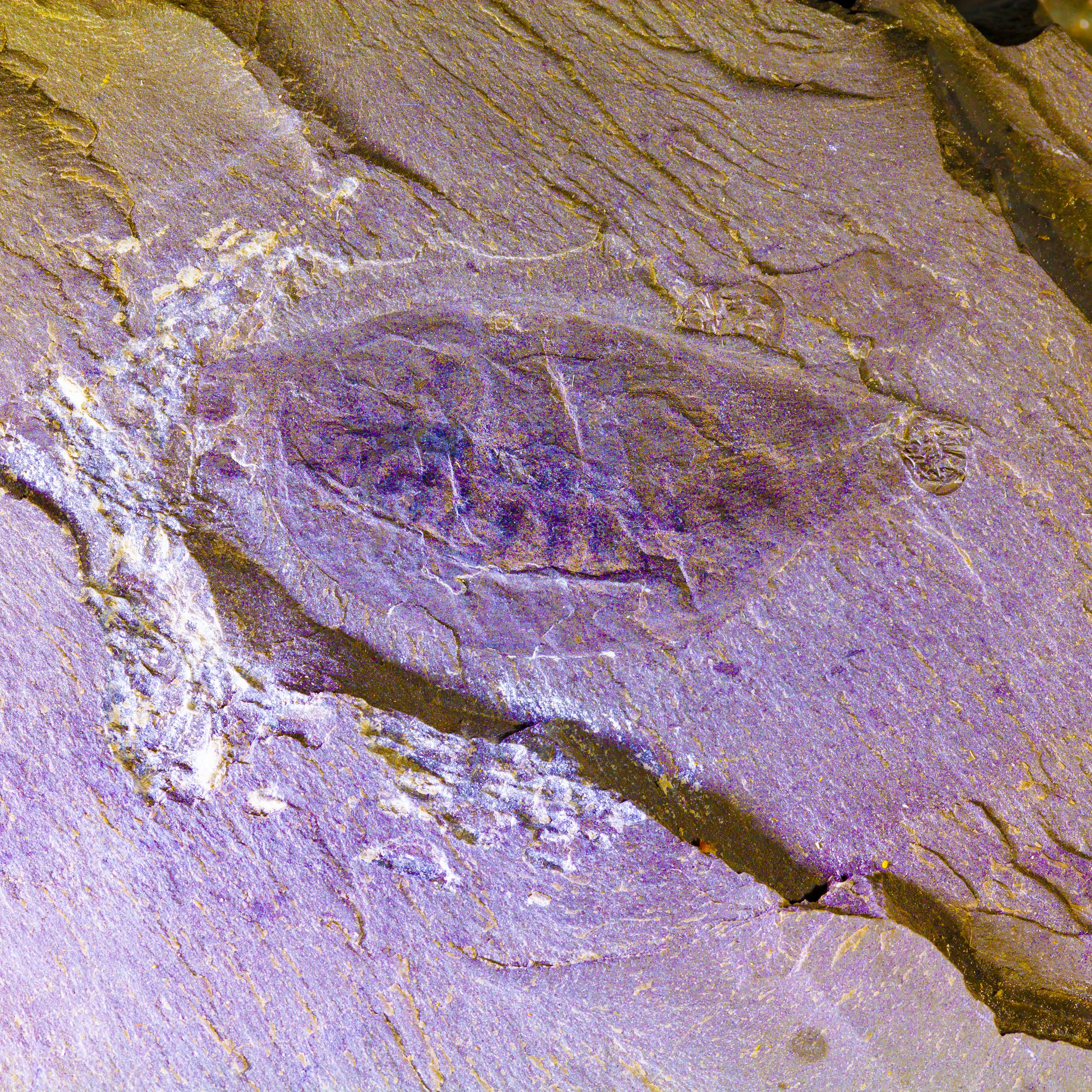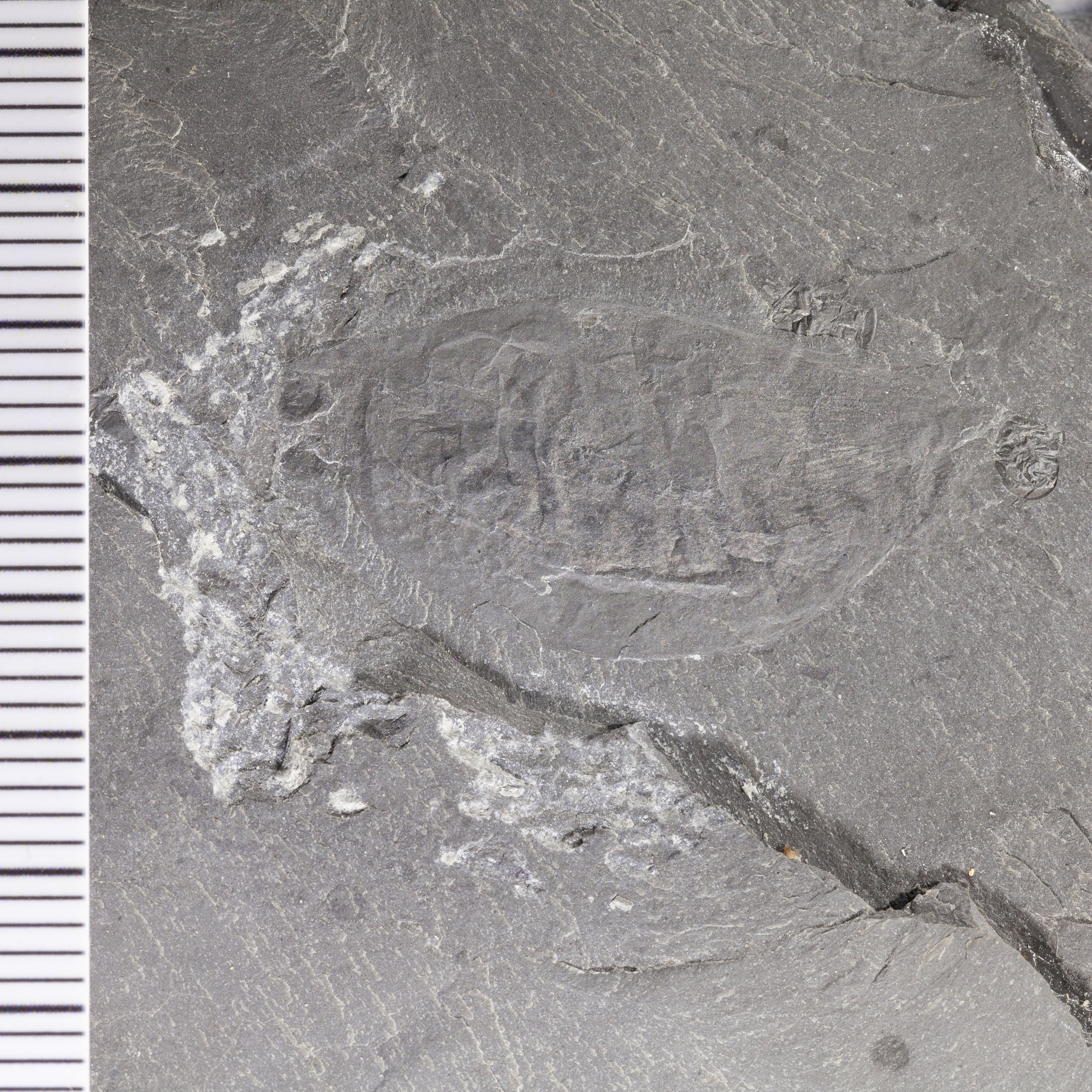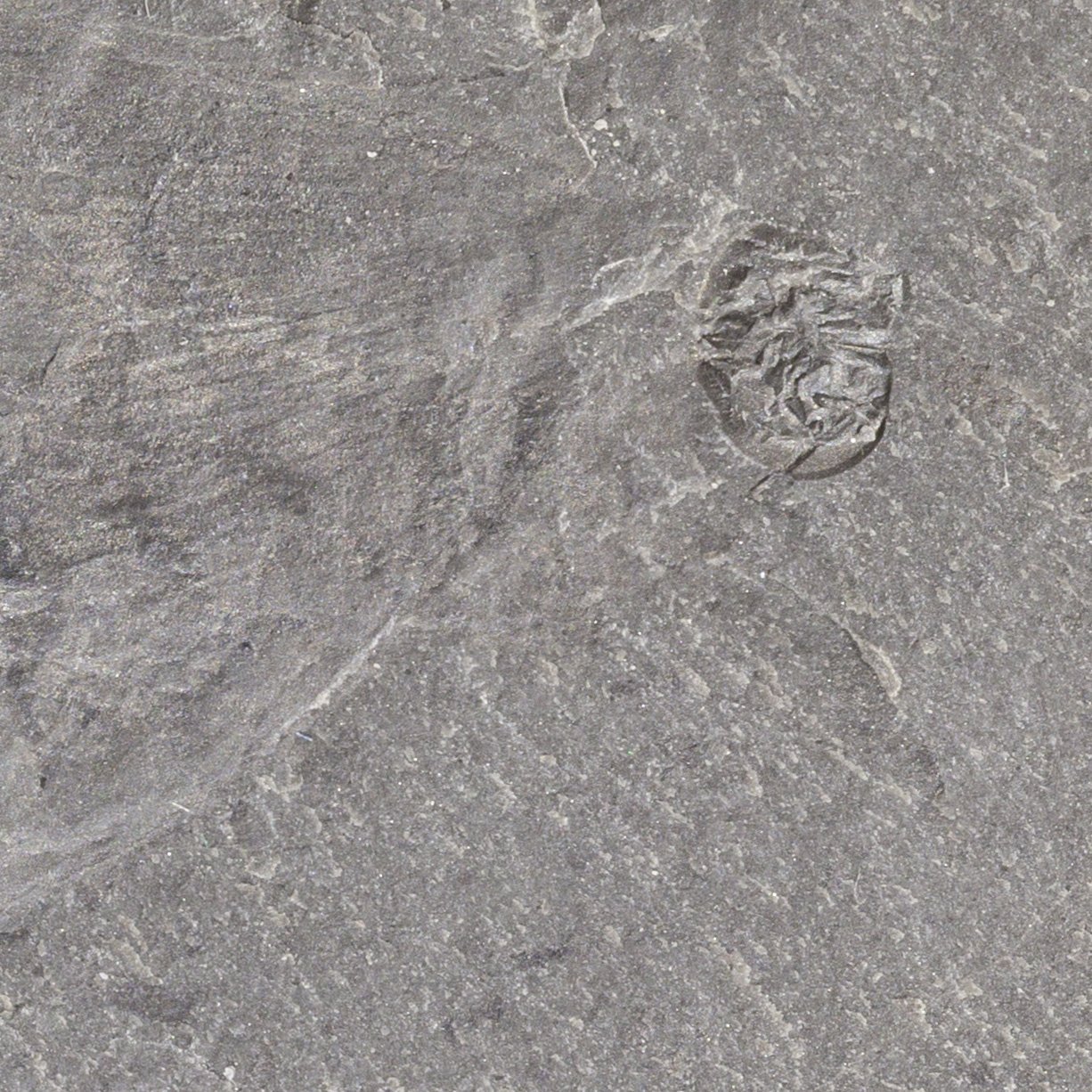 Image 1 of 6
Image 1 of 6

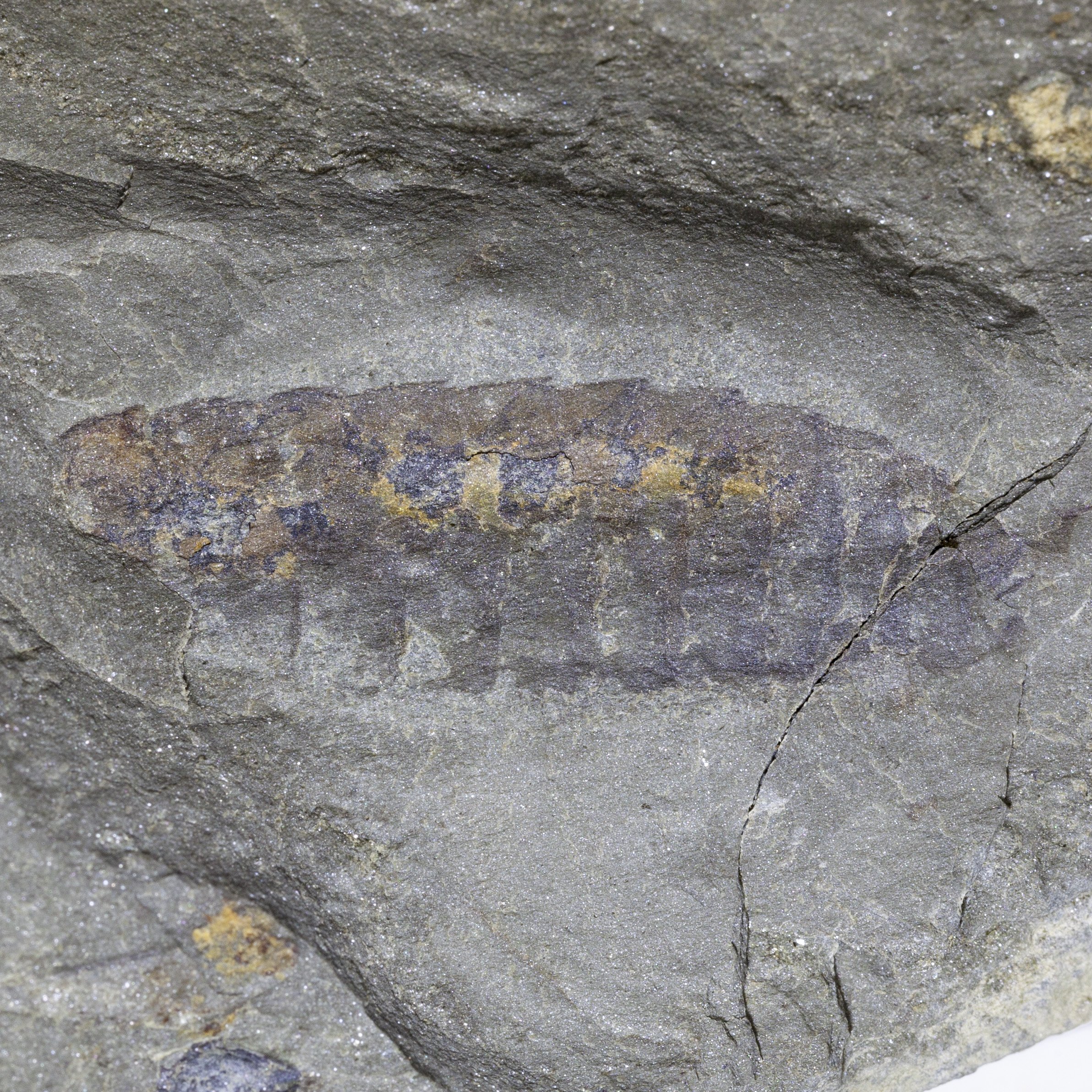 Image 2 of 6
Image 2 of 6

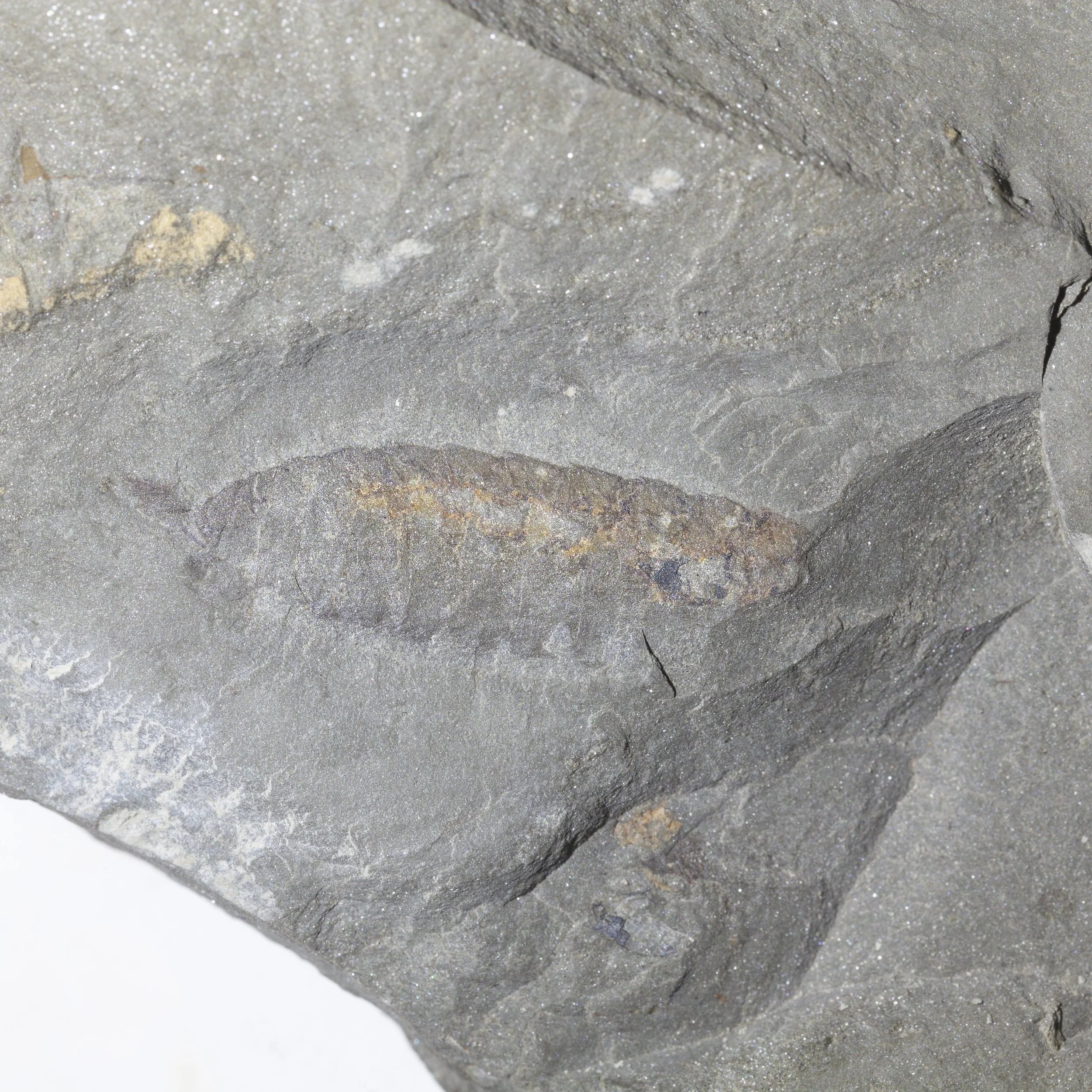 Image 3 of 6
Image 3 of 6

 Image 4 of 6
Image 4 of 6

 Image 5 of 6
Image 5 of 6

 Image 6 of 6
Image 6 of 6







Leanchoilia sp.
Vendor: Lagerstätte Land
SKU Number: SQ6560307
Leanchoilia sp. from the Middle Cambrian, Tsingsutung Fm., Kaili County, Qiandongnan Miao and Dong Autonomous Prefecture, Guizhou Province, China.
The Tsingsutung Formation is known for its exceptional preservation of a diverse array of soft-bodied arthropods, similar in style to the famous Burgess Shale and Chengjiang Biota where Leanchoilia is found.
Full dimensions are listed below.
Vendor: Lagerstätte Land
SKU Number: SQ6560307
Leanchoilia sp. from the Middle Cambrian, Tsingsutung Fm., Kaili County, Qiandongnan Miao and Dong Autonomous Prefecture, Guizhou Province, China.
The Tsingsutung Formation is known for its exceptional preservation of a diverse array of soft-bodied arthropods, similar in style to the famous Burgess Shale and Chengjiang Biota where Leanchoilia is found.
Full dimensions are listed below.
Vendor: Lagerstätte Land
SKU Number: SQ6560307
Leanchoilia sp. from the Middle Cambrian, Tsingsutung Fm., Kaili County, Qiandongnan Miao and Dong Autonomous Prefecture, Guizhou Province, China.
The Tsingsutung Formation is known for its exceptional preservation of a diverse array of soft-bodied arthropods, similar in style to the famous Burgess Shale and Chengjiang Biota where Leanchoilia is found.
Full dimensions are listed below.
Additional Information
Description:
While no specific species designated as "Leanchoilia sp." has been formally described from the Middle Cambrian Tsingsutung Formation of China, the genus Leanchoilia is well-known from other Cambrian Burgess Shale-type deposits, including the slightly older Chengjiang Biota in China. If Leanchoilia-like arthropods were to be found in the Tsingsutung Formation, they would likely exhibit the characteristic features of this megacheiran genus: a distinct head with a pair of prominent "great appendages" often bearing long, whip-like filaments, a segmented body with biramous appendages, and a generally non-mineralized exoskeleton. Such a discovery in the Tsingsutung Formation would further enrich our understanding of the distribution and diversity of these early arthropods during the Cambrian explosion and provide additional insights into the paleoecology of this specific Konservat-Lagerstätte. The Tsingsutung Formation is known for its exceptional preservation of soft-bodied organisms, making it a promising location for potentially uncovering more information about the early evolution of arthropods like Leanchoilia.
References:
???


